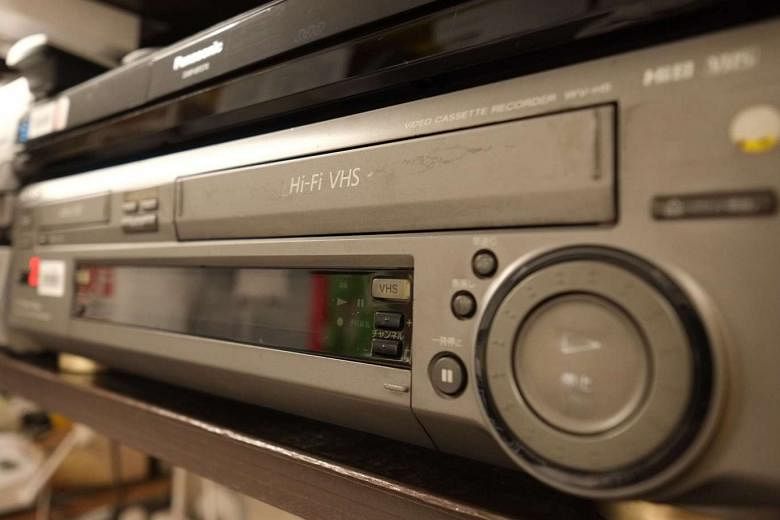The iconic video-cassette recorder (VCR) is joining camera film, eight-track tapes and floppy disks on the ever-growing scrapheap of extinct technology.
Japan's Funai Electric, the world's last manufacturer of the once booming home-video technology, cited a sharp decline in sales and trouble sourcing parts for its decision to stop making VCRs at a plant in China by the end of July.
Most of the consumer electronics firm's VCRs were sold in North America in recent years, including under the Sanyo brand.
Before it becomes officially consigned to the past, here are five things to remember about a gadget intrinsically linked to the 1980s and 1990s.
1. Once a luxury item
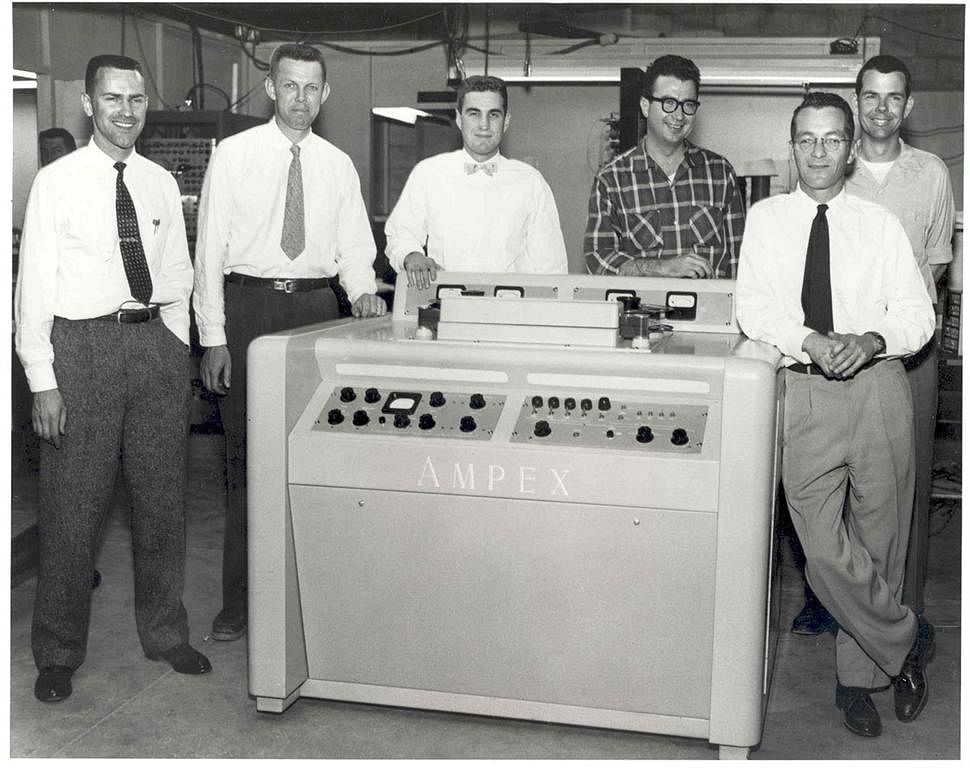
American electronics company Ampex rolled out its VRX-1000 in 1956, which was the world's first commercially successful videotape recorder using 5.1 cm-wide tape. At a cost of US$50,000, it was no wonder that only television networks could afford the gadget.
In 1963, Britain's Telcan unveiled the world's first home video recorder with a price tag of over 60 pounds (equivalent to US$1,600 in today's currency). Not only was it expensive, it was also difficult to assemble and could only record in black-and-white - 20 minutes at a time.
Today, a used Sony VCR sells for around US$60 (S$82) on Amazon. Demand appears largely driven by technophobes and consumers who have large videotape collections that can play only on VCRs.
A Gallup poll several years ago found that 58 per cent of Americans still had one in their home.
2. Format war and video rental stores
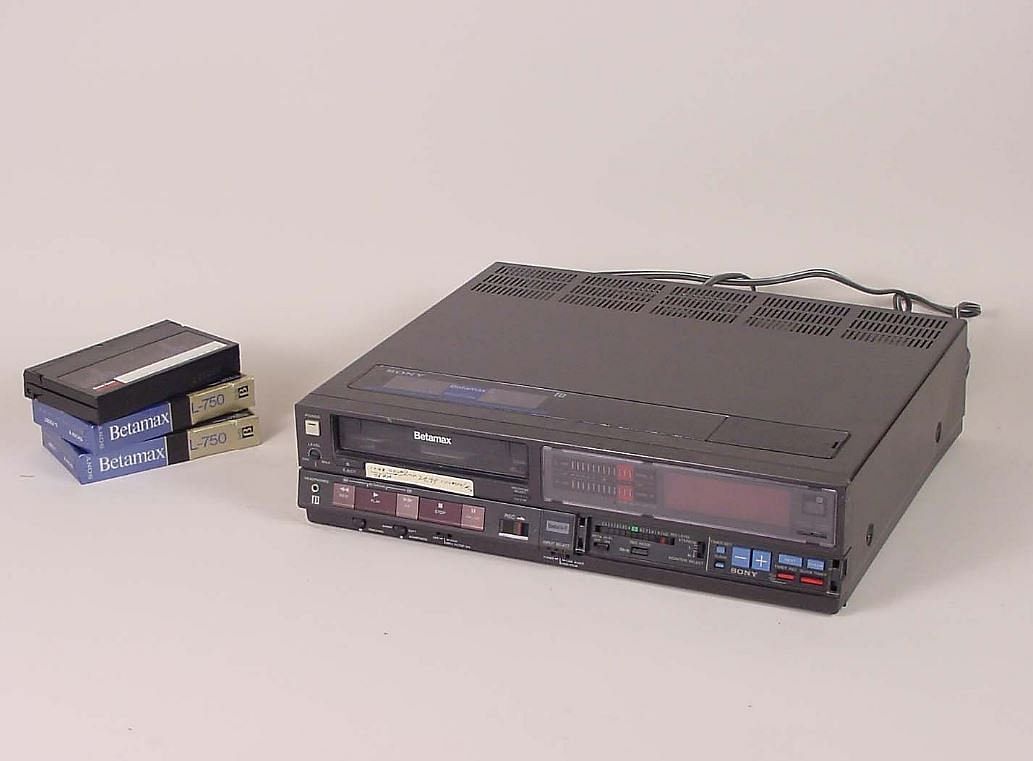
It was only in 1975 that VCRs began attracting mass market appeal. Japanese companies like Sony and JVC introduced more advanced machines with longer tape duration and more accurate electronic timers.
By 1979, a format war erupted as there were two major technical standards using mutually incompatible tape cassettes: Sony's Betamax and JVC's Video Home System (VHS).
The boxy machines - originally about the size of a briefcase with a top-loading slot for videotapes - spawned a new industry: tape rental stores.
Videophiles considered Betamax to be superior in terms of picture quality and in technical standards. But VHS was widely recognised as winning the battle of formats, though it lost the war to digital formats such as DVDs and Blu-Rays, which have themselves largely been replaced by online streaming technology.
3. Mould is not gold
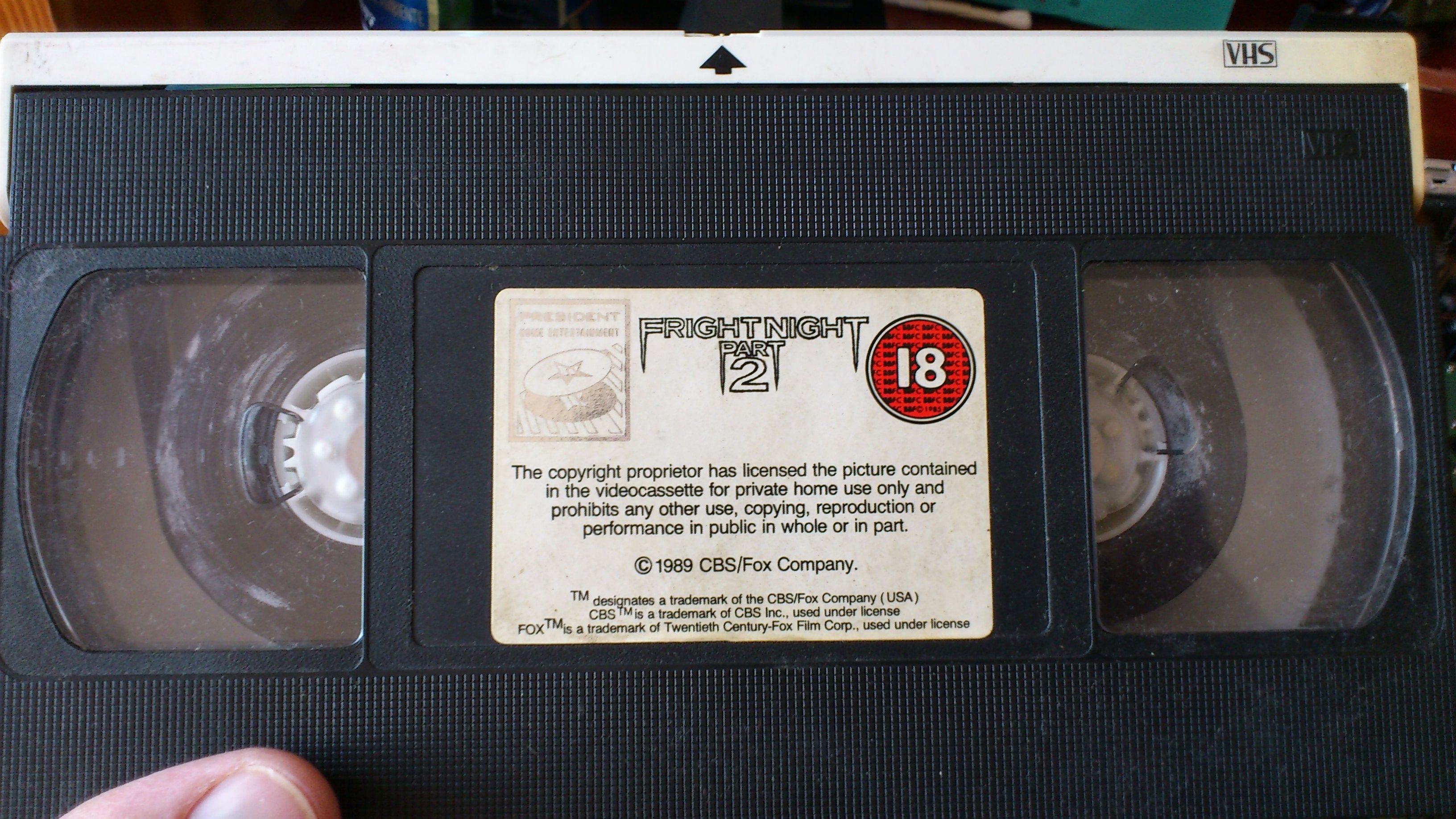
Though advanced for its time, the VCR was still sensitive to changes in humidity and temperature. If the machine or tape was moved to a warmer environment, there could be condensation of moisture on the internal parts, such as the rotating video head drum.
Some later models were equipped with a moisture detector which would prevent operation in this case, but it could not detect moisture on the surface of a tape.
"Tape mould", which coats tapes with a fine white dust, has also been blamed for destroying videos capturing important moments of family life and great historic events.
Tapes of family footage stored inside cardboard boxes in damp cellars or lofts were the first to go. Even curators of larger private and public archives found out that one infected item could infect an entire collection due to damp conditions or temperature variations.
Video tapes are made from cellulose coated with ferric oxide, drying out and turning brittle with age, similar to sticky tape on a dated parcel. It can be combated by digital copying, unless mould has eaten too much into the tape.
4. Don't judge a tape by its cover
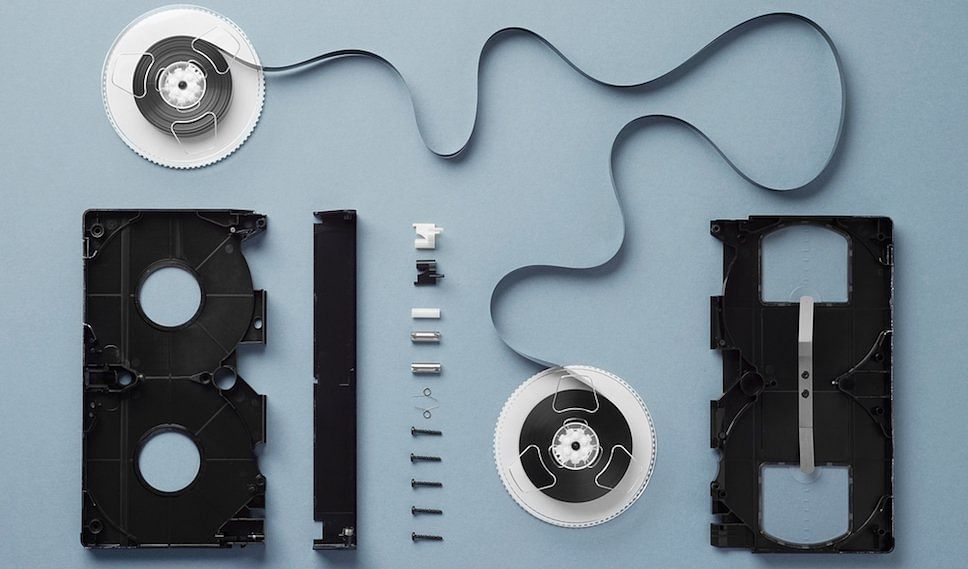
It may not look like much on the outside, but a videotape is quite an intricate device if you open it up.
Besides an outer shell and a moving, spring-loaded door to protect the tape, a 244m long, 1.3cm wide piece of oxide-coated Mylar tape acts as the recording medium.
Two spring-loaded locks prevent the tape from unrolling inside the cassette, which is held together by several screws.
When the tape is inserted into a VCR, the VCR's lever releases and opens the door, exposing the tape. It also inserts a pin into the hole to disengage the two locks on the spools, allowing the drive can extract the tape and play it.
5. The Force is strong with tapes
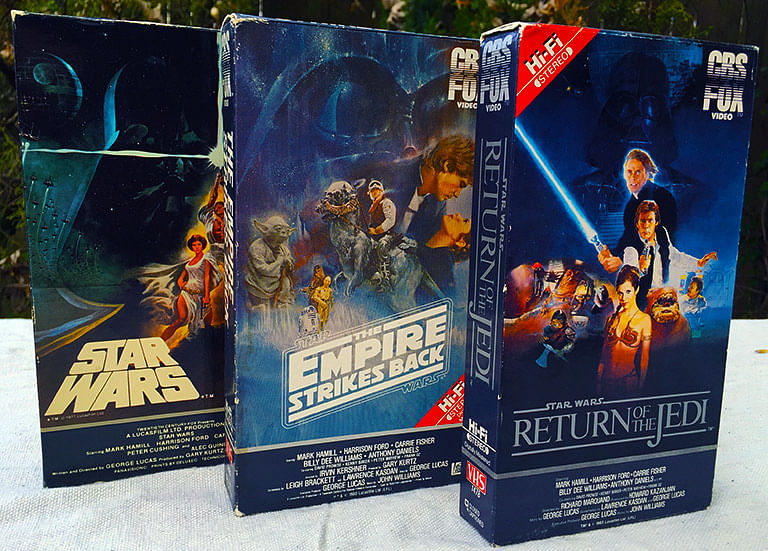
The list of most popular VHS tapes on Amazon reads like a walk down memory lane.
Star Wars held the No. 1 spot in 2015, according to Gizmodo. It's no real surprise, given how a used 1995 boxed set of the saga's original trilogy sells for as little as US$6.
Offering a clue perhaps to the demographic of VCR owners, 1941 musical film Sun Valley Serenade takes second spot.
Family screenings (a dying trend, some would argue) meant that Walt Disney classics like Aladdin, Robin Hood and Beauty And The Beast ranked high, as did monster flick Godzilla (the 1985 version).
If you still own those copies, you could be sitting on a gold mine. On eBay, VHS copies of Beauty And The Beast are listed as high as US$25,000.
Besides cartoons, kids from the 1980s and 1990s would remember watching professional wrestling like WWF and WCW on tapes, long before the likes of Hulk Hogan and Randy Savage made it onto network television.
Sources: Forbes, Gizmodo, HowStuffWorks, mediacollege.com
